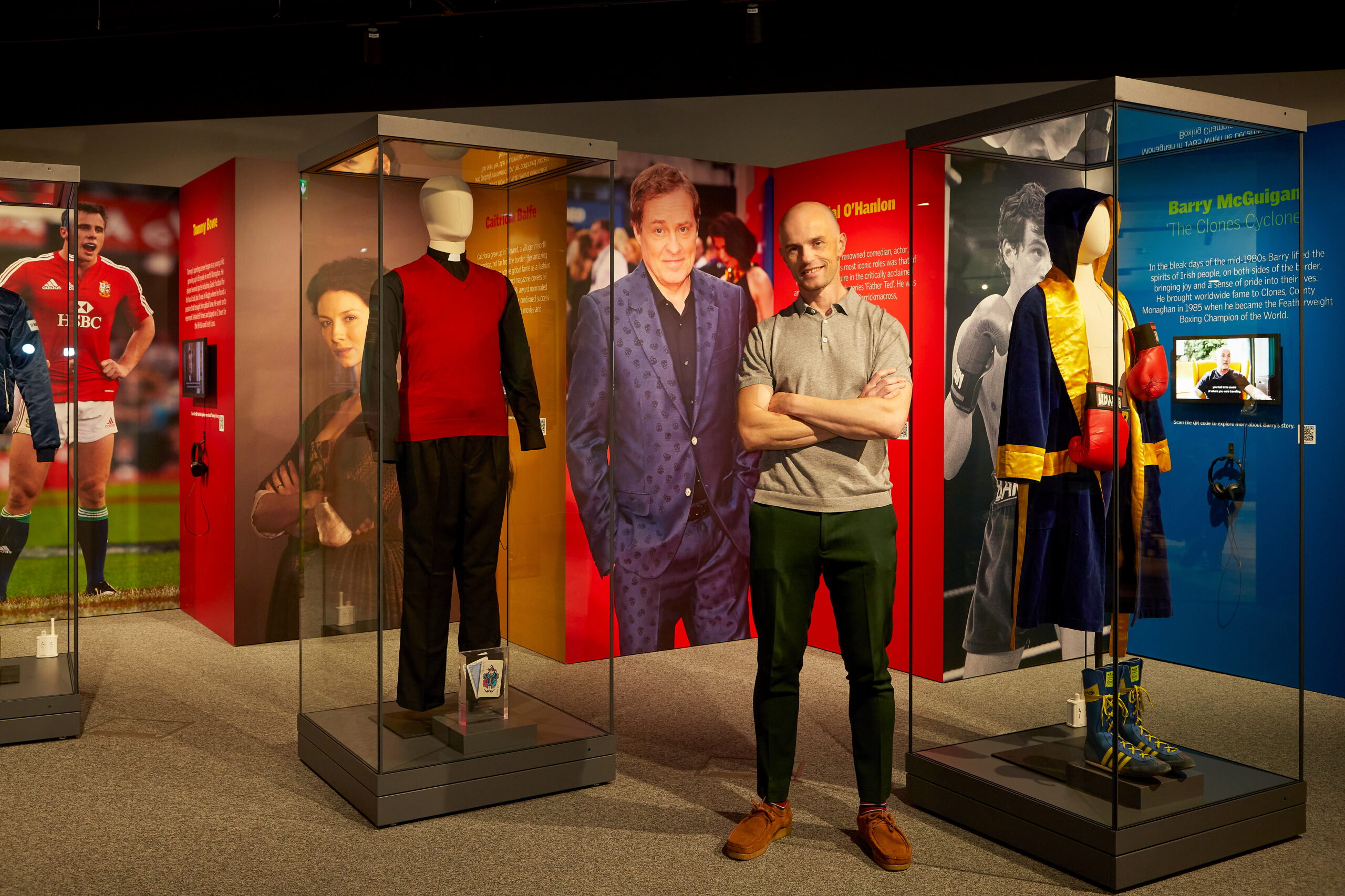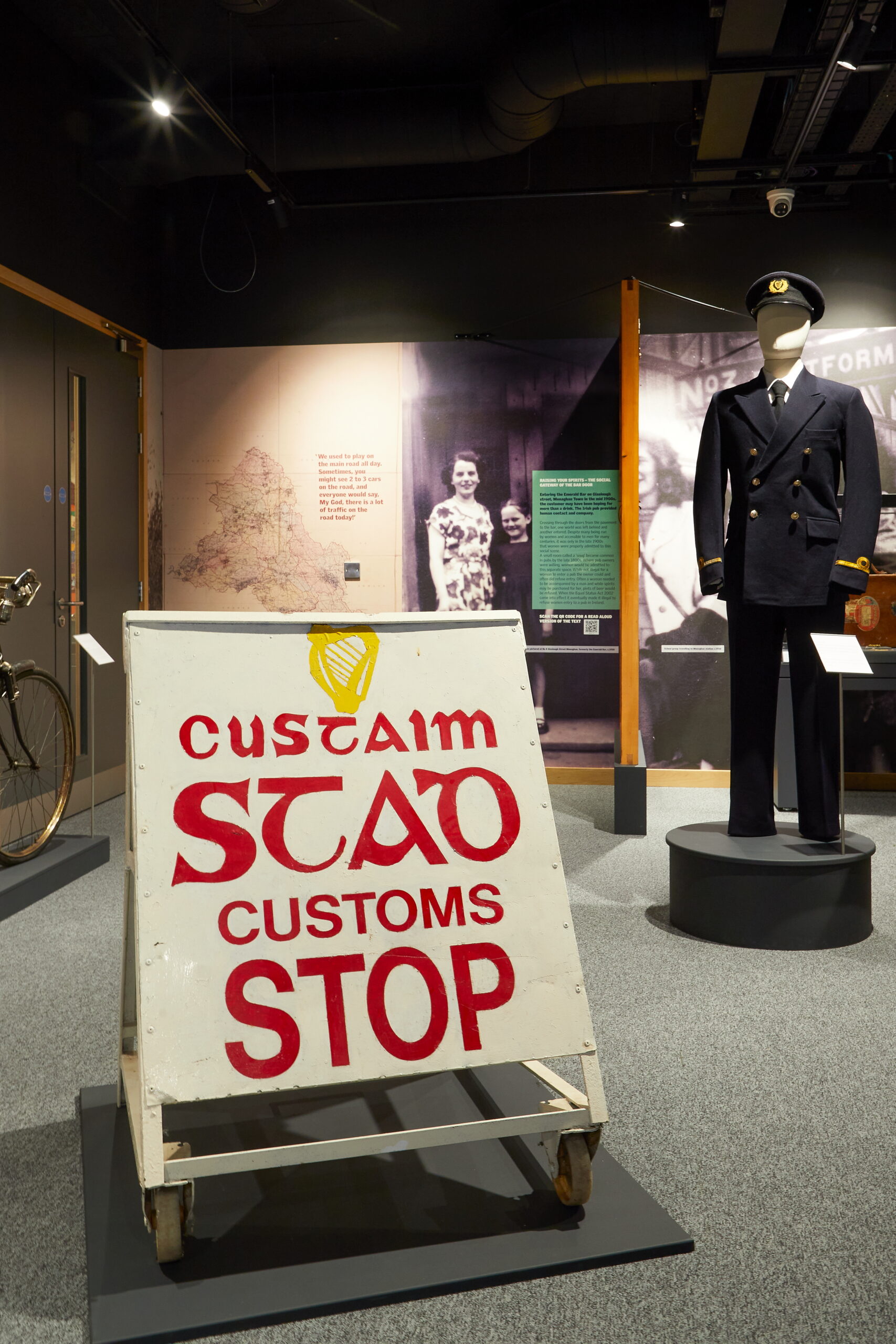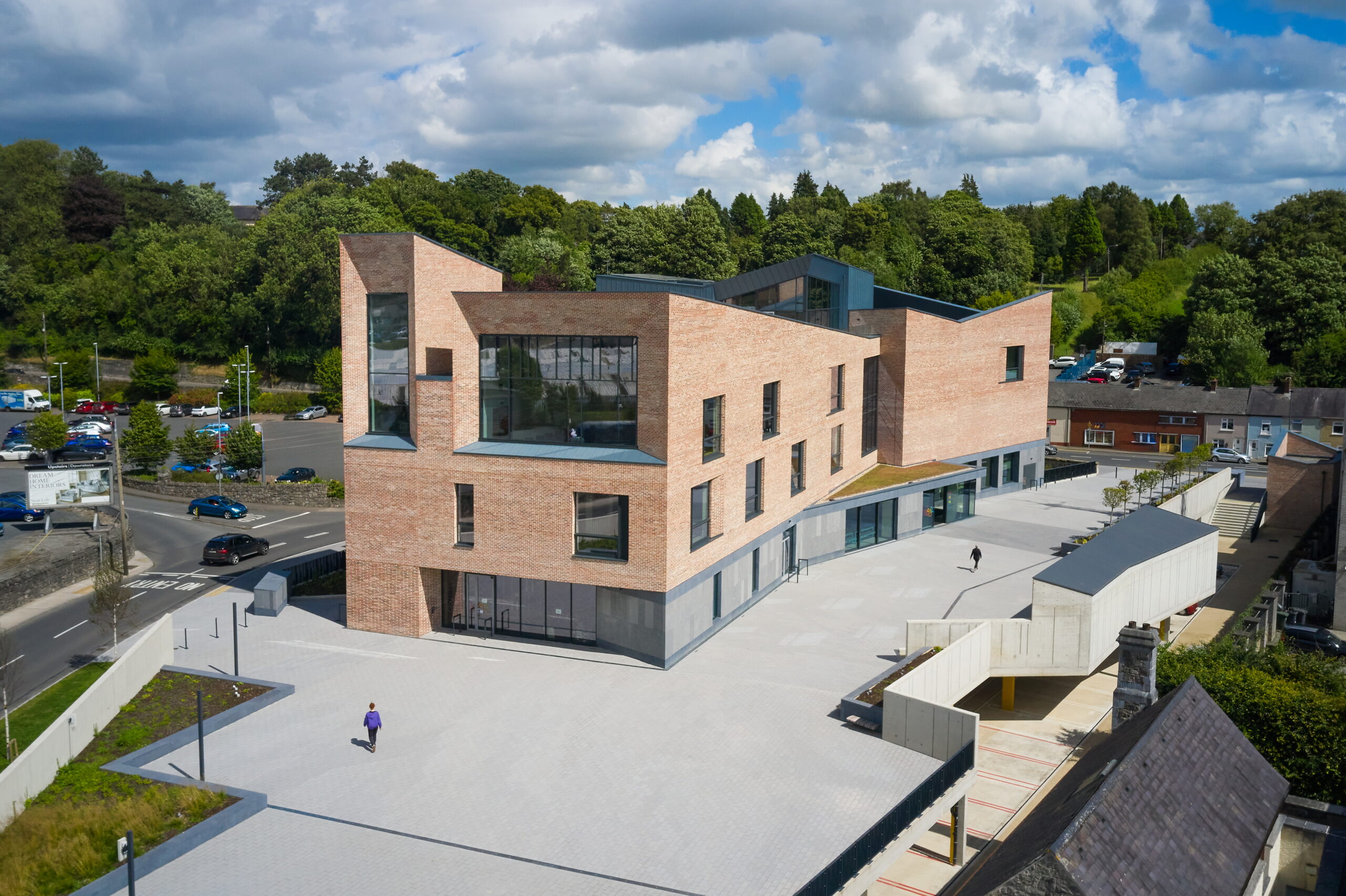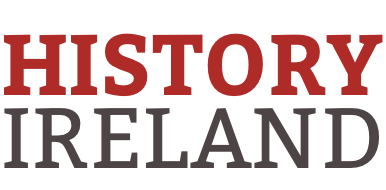MONAGHAN COUNTY MUSEUM
By Donal Fallon
Visiting Monaghan, I decided to leave bright and early to include Inniskeen, home place of Patrick Kavanagh. ‘All great civilizations are based on the parish’, insisted the poet, and in this parish his legacy is championed. Across the road from Daniel McNello’s public house, which includes Kavanagh in its signage, there are other poets remembered in the village memorial to the executed leaders of the Easter Rising. Inniskeen has its own story, as do other villages across the county. In Drum, the town photographed so beautifully by photographer Krass Clement, there is a different identity. A 1971 RTÉ report told viewers that Drum had ‘54 Protestants and five Catholics, one pub and three churches, one school and one Orange Hall’. Telling the stories of Ireland’s border counties requires understanding of this diversity.

Monaghan County Museum has moved to a new home, located in the modern Peace Campus in Monaghan town. This new, fully accessible space marks the 50th anniversary of the museum, and its first exhibition is a reminder of just how transformed the county has been since 1974. The opening of the museum then was an important milestone and morale boost for the town, coming just months after the tragedy of a bomb that claimed seven lives on what was the deadliest day of the Troubles. In a time of such division, here was a story of a county that was influenced by all traditions. In Bordering Realities—Monaghan People and Stories, the journey to the present day passes through human stories of the impact of the border and the conflict on life there.

The scale of the Peace Campus site means that the museum has one thing that many similar institutions across Ireland will envy—space! Separate from the exhibition and its theme, a visitor first encounters large-scale artefacts in the open spaces of the building. From the Luxor Cinema in Clones comes a film projector, important given that Clones today hosts an annual film festival. There are other such items that tell stories of cultural and commercial life in the county, recalling for me the Little Museum of Dublin’s social history approach. In the seemingly everyday are nostalgic insights into time past.
Nostalgia has its place too in Bordering Realities, but there are also difficult narratives and reminders of the frustrations of living beside a militarised border. Customs and smuggling are explored in detail, including oral history recollections from Monaghan residents. Amidst historic customs signage, and innovative amendments to baby prams, we see framed leaflets from the Brexit referendum, a reminder of just how recently this history has been rewritten in some ways.
Not present in the exhibition rooms but presented in brilliant resolution on digital screens are society banners from across the county. In Ulster the Ancient Order of Hibernians (AOH) had real strength as a Catholic counterpoint to the Orange Order (LOL), and banners from both the AOH and Monaghan LOLs are shown in high definition. Inasmuch as they are political history, they are also cultural and design history, telling us much about changing iconography. Drums and sashes remind us of the commonality of the experience of being in a band, with the exhibition noting that ‘the first record of a Loyal Orange Order marching band in Co. Monaghan was in 1829 at Ballybay, where loyal tunes were played. During the 1840s, nationalist bands performed at temperance and repeal gatherings.’ What the Ulster Museum’s Troubles Gallery does so well for the late twentieth century experience in Belfast the Monaghan County Museum captures for an earlier time.
Like all local history museums, there is a degree of crowdsourcing in creating a space that can tell the story of the local everyday. Local photographer Donal McEnroe generously donated more than 4,500 slides, capturing everyday life in the north of the county between 1973 and 1985. A selection of these images is presented in a slideshow that captures what is now social history but was then everyday existence. We see cinemas, public houses, social gatherings and familiar but transformed towns. While this museum primarily depends on the strength of its physical holdings, the use of audiovisual material is well considered.
On its upper floor, the museum explores the important role of local people in the turbulence of the Irish revolution and global war. It’s a little curious that a profile of Eoin O’Duffy, ‘considered to be one of the founding fathers of the modern police force in Ireland’, makes no reference to his flirtations with European fascism or military intervention in the Spanish Civil War. Less-familiar figures include Sorcha MacMahon, a Cumann na mBan veteran of Easter Week who was instrumental in the establishment of the Irish Volunteer Dependants’ Fund. Margaret Skinnider, the Scottish-born republican whose family hailed from the county, features too. In her memoir, Doing my bit for Ireland, she recalled of her own youth that ‘Scotland is my home, but Ireland my country’. Since I visited the museum, the Victoria Cross of Thomas Hughes from Coravoo has also gone on display, commemorating the bravery of the Monaghan man at the Somme, where he single-handedly captured an enemy machine-gun position.

Given the theme of the border, much of what is presented tells a modern story, but the theme is also expanded on to include geographic and archaeological research and artefacts on the later border region through the ages. There is also an intriguing display space dedicated to Ulster-Scots identity, which includes much on language and the influence of Ulster Scots on how we speak today—for example, ‘lug’ (ear), ‘hallion’ (rascal) and ‘teemin’ (pouring rain). It is typical of the approach to this space, which champions commonality and seeks to explore how communities—consciously or otherwise—have influenced each other.
Moving from its old home on Hill Street to the Peace Campus has allowed this excellent local museum to present more of its holdings to the public, but it also demonstrates how museums can exist within broader civic spaces. Sharing the building with a library, a youth facility and community meeting places, Monaghan County Museum is very much now at the heart of its town.
Donal Fallon is a historian and the presenter of the ‘Three Castles Burning’ podcast.
